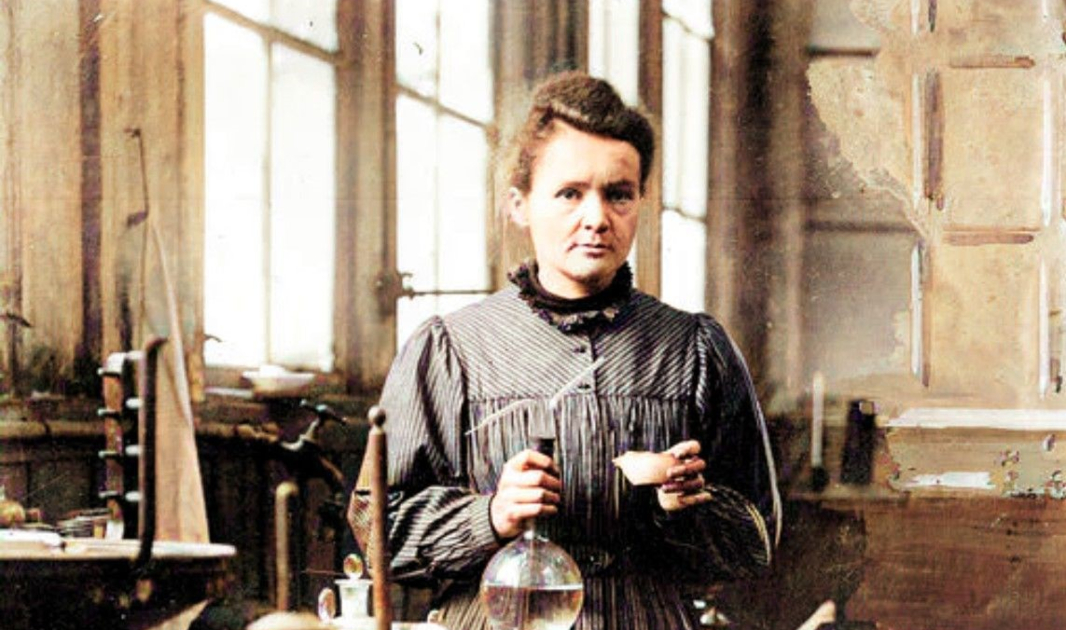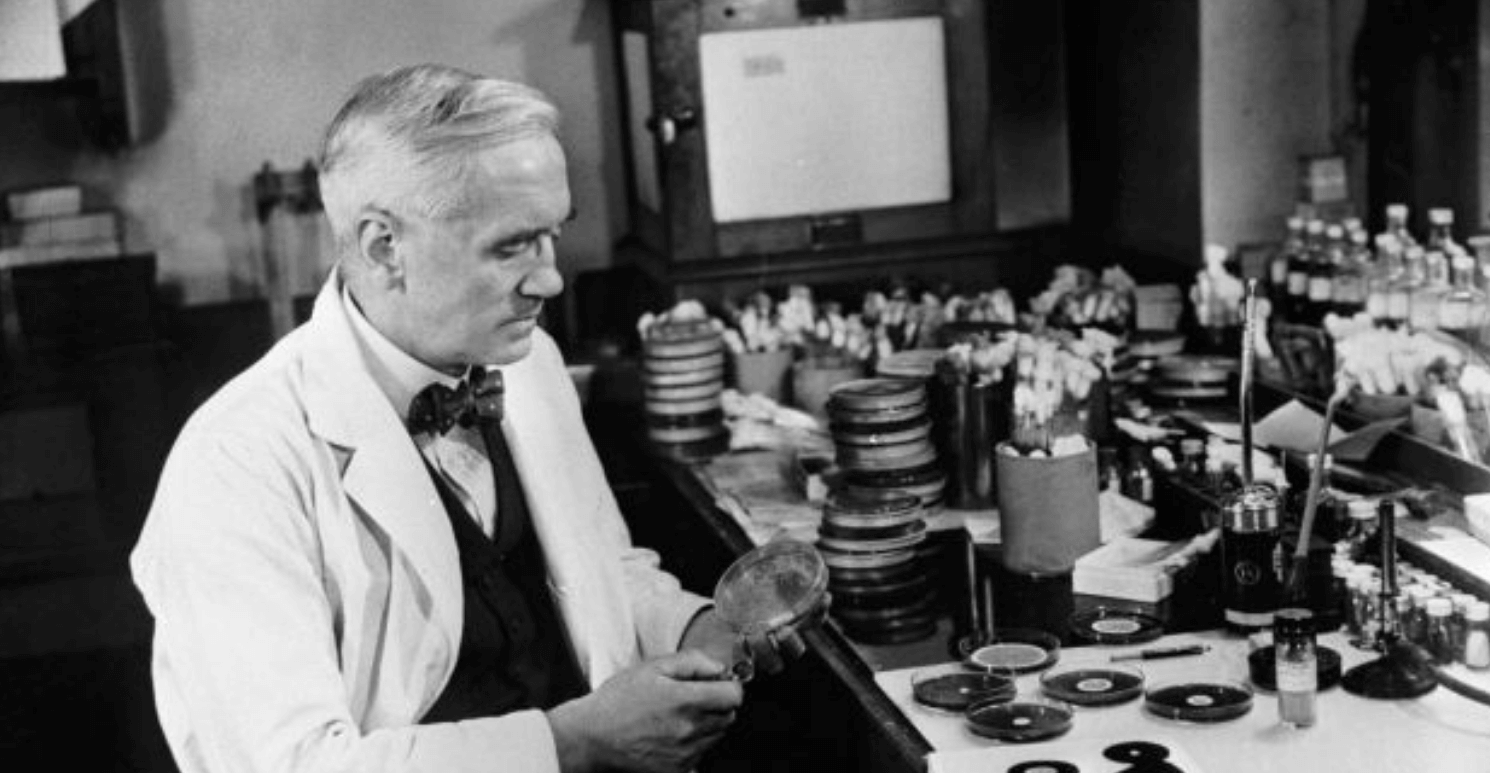Science and tech often rely on calculated risks and precision planning. Yet, as in all areas of life, things inevitably do not always go to plan. Exciting accidental discoveries are constantly being made, forcing us to adjust our world view.
The thing about an accidental discovery is, the scientist or technician still has to recognize that they’ve made one – and see how their mistake might benefit humanity.
This leads us to wonder how many accidental discoveries have gone undiscovered. It also points to the importance of keeping an open mind: successes and breakthroughs are happening all of the time, it’s up to us to spot them.
By way of inspiration, we’re celebrating the happy accidents we have to thank for lifesaving medicine we sometimes take for granted, for scientific knowledge that we rely on to make sense of the world, and for technology that can protect the future of our planet.
Penicillin
In 1928, Sir Alexander Fleming discovered penicillin by accident. He came back from vacation to find mold growing in a petri dish of Staphylococcus bacteria cultures. Noticing that bacterial colonies would not grow near the mold, he wondered what was happening. After isolating the mold and conducting some tests, Fleming realized that it inhibited bacterial growth. By 1942, penicillin – as it was now known – was mass-produced as medicine.
Radioactivity
One of the most famous ever accidental breakthroughs in the field of physics happened in 1896 when the French physicist Henri Becquerel opened a drawer and discovered spontaneous radioactivity. Well, not entirely spontaneous. Becquerel was intrigued by the discovery of x-rays and wanted to investigate their relationship with phosphorescence, so was attempting to expose photographic plates with sunlight using uranium salts.
The experiment didn’t work because it was overcast outside, so he left the uranium in a drawer on top of the photographic plate with wooden crosses in between. When he later developed the plates, he realized that the crosses showed up – meaning that the uranium was exposing them.
Becquerel’s student, Marie Curie, named this “radioactivity”, and in 1903, Becquerel was awarded half of the Nobel Prize for Physics while the other half went to Pierre and Marie Curie for their study of the Becquerel radiation.

X-rays
The physicist Wilhelm Conrad Rontgen was busy experimenting on a cathode ray tube in his laboratory in Wurzburg, Germany, in 1885, when he suddenly noticed a mysterious glow emanating from a chemically coated screen nearby. He tried to block the glow with his hand and noticed that the glow projected his bones onto the screen. He replaced the screen with a photographic plate and – presto – the first x-ray ever was born.
Insulin
Back in the late-1880s, two doctors were researching the pancreas’ role in digestion when they removed a pancreas from a dog and noticed that afterward, flies were suddenly gathering around the dog’s urine. They tested it, only to find higher sugar content than normal – which is how they worked out they had accidentally given the dog diabetes.
Later on, in the 1920s, further experiments were able to isolate the pancreatic secretion now known as insulin.
LSD
Back in the 1930s, Swiss chemist Albert Hofmann was attempting to synthesize a chemical compound that could stimulate the respiratory system. Combining Lysergic acid with diethylamine, he created LSD-25, but since it did nothing but excite the animals they tested it on, not much came of the experiment.
In 1943, he returned to research on the chemical and accidentally absorbed the LSD through his fingers, and began to feel dizzy and restless, before going on to have some very “interesting” dreams that evening. When he tasted it a few days later, things got really weird, and a colleague had to escort him home. They were both on bicycles, and as Hoffman later wrote, “Kaleidoscopic, fantastic images surged in on me…”
What’s next?
Ok, so we can’t be sure what’s around the corner – such is the nature of accidents. But we can try to foster the environments that happy accidents happen in.
Whatever your next step, Evolve will be by your side. We provide custom-made solutions, whether you need new medical lab supplies or specialist scientific equipment for pharmaceutical firms.
We are committed to delivering the best customer experience, by listening and providing you with the right products, solutions and updates. To find out how Evolve can help you take your next step, please contact us.
More brilliant ideas to inspire you
Stay up to date with our latest Evolve insights
Evolve is your trusted science partner
At Evolve, we have specific sector knowledge and tailor scientific solutions to your requirements by selecting and adapting our service offering, which includes:
- Facility design, laboratory supplies and lab furniture layout
- Expertise to help you make quick and informed decisions for all your clinical, scientific or analytical needs
- We can provide you with a comprehensive maintenance and support service
- We offer training in a number of areas of interest to the scientific community
Our proactive, consultative approach is underpinned by the expertise of our team of dedicated professionals, ensuring that you’ll get personal support from one of our experts.


